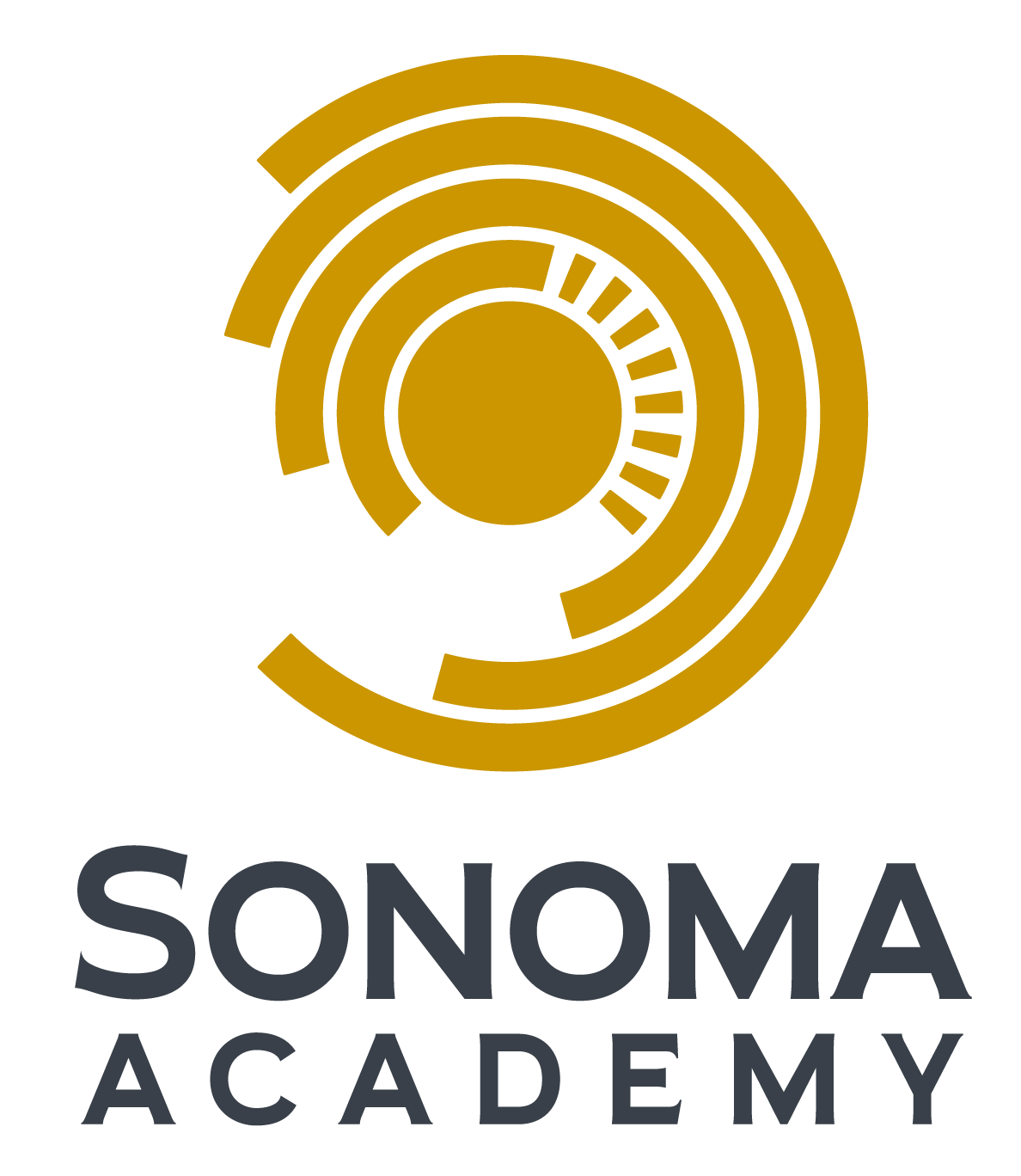How to teach nature journaling : curiosity, wonder, attention / written by John Muir Laws and Emilie Lygren ; illustrated by John Muir Laws ; Foreword by Amy Tan.
Material type: TextPublisher: Berkeley, California Heyday, [2020]Copyright date: �2020Description: xi, 281 pages : illustrations (chiefly color) ; 28 cmContent type:
TextPublisher: Berkeley, California Heyday, [2020]Copyright date: �2020Description: xi, 281 pages : illustrations (chiefly color) ; 28 cmContent type: - text
- unmediated
- volume
- 9781597144902
- 1597144908
- 508 23
- QH46.5 .L39 2020
| Item type | Current library | Call number | Status | Date due | Barcode | Item holds | |
|---|---|---|---|---|---|---|---|
 Book
Book
|
Sonoma Academy Library | 508 (Browse shelf(Opens below)) | Available | 101531 |
"Includes 31 field activities" -- cover.
Includes bibliographical references.
The nature journal quickstart guide -- Introduction -- Managing the outdoor classroom -- Nature journaling activities -- Getting started: introductory journaling techniques and activities -- Observation and natural history -- Inquiry, investigations, and scientific thinking -- Words: articulated thought and storytelling -- Pictures: drawing and visual thinking -- Numbers: quantification and mathematical thinking -- Incorporating journaling into lessons, frameworks, and assessments -- Final thoughts.
Expanding on the philosophy and methods of The Laws Guide to Nature Drawing and Journaling, John Muir Laws and Emilie Lygren have developed the first-ever comprehensive book devoted to helping educators use nature journaling as an inspiring teaching tool to engage young people with wild places. In their workshops Laws and Lygren are often asked the how-tos of teaching nature journaling: how to manage student groups in the outdoors, teach drawing skills (especially from those who profess to have none), connect journaling to educational standards, and incorporate journaling into longer lessons. This book puts together curriculum plans, advice, and in-the-field experience so that educators of all stripes can leap into journaling with their students. The approaches are designed to work in a range of ecosystems and settings, and are suitable for classroom teachers, outdoor educators, camp counselors, and homeschooling parents. Full-color illustrations and sample journal pages from notable naturalists show how to put each lesson into practice. Field-tested by over a hundred educators, this book includes dozens of activities that easily support the Common Core and the Next Generation Science Standards--and, just as important, it will show kids and mentors alike how to recognize the wonder and intrigue in their midst.
There are no comments on this title.

